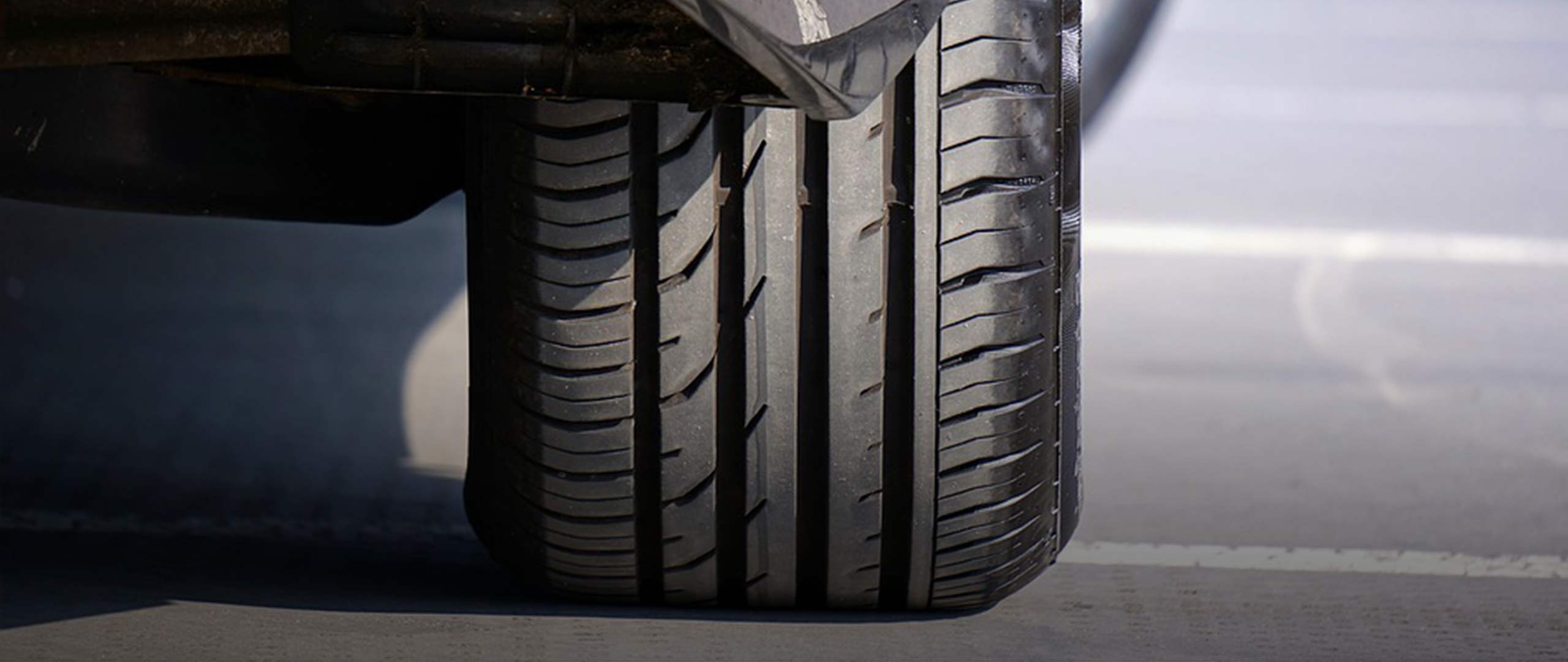How do I know if I have a flat tyre?
24 March 2017
It only takes a small hole in your tyre to cause a flat.
Tyre punctures are more commonly caused by a slow leak rather than a tyre blowing out at speed, making them harder to notice straight away. Once you do realise that’s something wrong, you’ll be rummaging in the boot for the spare tyre and tools.
If a front tyre is under-inflated, the driver may experience a shimmy or shaking through the steering wheel, due to it being unbalanced. If a tyre goes flat while you’re driving, you should hear and feel a thump and vibration. This is commonly followed by a loud flapping noise from the flat tyre. If the flat is on one of the front wheels then you may feel the steering wheel pulling to the left or right, depending which side the puncture is on. A flat or low pressure tyre will reduce cornering ability and make the steering less responsive due to the tyre rolling over the wheel rim because of the low air pressure.
Punctures can be caused by running over debris and rubbish found on our roads such as nails, screws and glass. We’ve even seen broken car aerials and screwdrivers stuck in tyres, and once had to pull a pair of long nose pliers from a tyre, which of course meant the tyre had to be replaced. Large potholes in the road, rocks and curbs are another common cause. They can actually damage the wheel rim and tyre, and in some cases they can cause the wheel to split. We have talked in the past about looking ahead when driving, not only at what other drivers are doing but also to monitor the condition of the road. Avoiding debris and potholes will help prevent your tyres from being punctured.
If run flat tyres are used, the vehicle must also be equipped with a tyre pressure monitoring system (TPMS). This alerts the driver about any fluctuations in the tyre pressures or if one goes flat. Without this system, a driver may be unaware that they’re driving with an underinflated tyre. Continuing to drive with an underinflated tyre over time could cause further damage, and the maximum speed of the flat tyre will be exceeded.
Flat tyres can also be caused by a faulty tyre valve, porous magnesium wheel or simply because the tyre hasn’t been properly sealed to the surface of the wheel rim.
If you notice that you’ve got a flat tyre, find a safe place to pull over and try to avoid driving on it any further. Conventional tyres aren’t designed to support the vehicle weight or hold the road when flat and if the edges of the wheel rim press into the sides of the tyre, it will damage the sidewall of the tyre, leaving it irreparable and needing a replacement.

